
UDK: 617.753.2
L.P. Trufanova, S.V. Balalin
Волгоградский филиал ФГАУ НМИЦ МНТК «Микрохирургия глаза им. акад. С.Н. Федорова» Министерства здравоохранения Российской Федерации
There were performed a retrospective study of scleroplasty results in patients with progressive myopia (1282 eyes) and a prospective study of patients with myopia after scleroplasty (192 eyes). The age of patients is from 5 to 17 years, mean age is (12,5 ± 0,07) years. The observation period is from 1 to 7 years.The studies showed slowing rate of myopia progression after sclera operations in the majority of operated patients – in 92 % of cases. The maximum stabilizing effect of scleroplasty is observed one year after the operation. After 4 years and 7 years after operation the stabilizing effect is reduced. The combination of weakness of ccommodation, constantly redundant tension of accommodation (CRTA) and finding intraocular pressure values in the upper normal range indicate the progression of myopia. The use of 0,005 % solution of Latanoprost (Prolatan) in the complex treatment of patients with myopia leads to normalization of intraocular pressure, increase of corneal hysteresis and rigidity index of corneoscleral membrane, as well as increase in the coefficient of accommodative response and decrease in the coefficient of the ciliary body microfluctuations.
myopia, accommodation weakness, CRTA, intraocular pressure.
Труфанова Лариса Петровна – врач офтальмолог офтальмологического детского отделения Волгоградского филиала ФГАУ «НМИЦ «МНТК «Микрохирургия глаза» им. акад. С.Н. Федорова» Минздрава России, e-mail: tlp0105@mail.ru